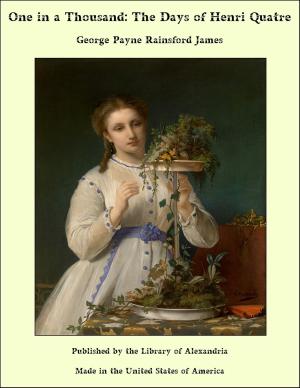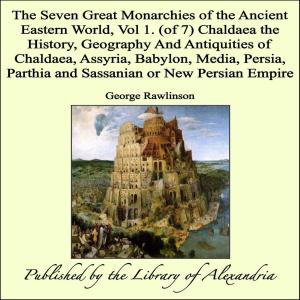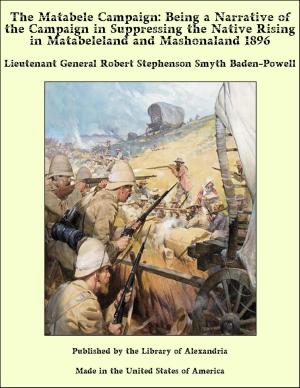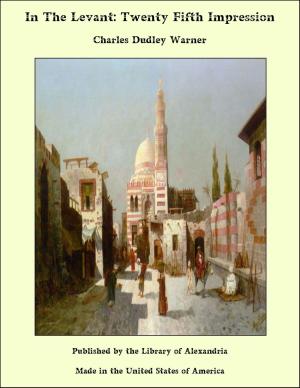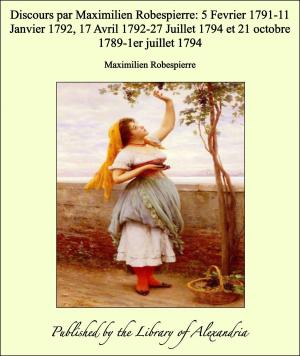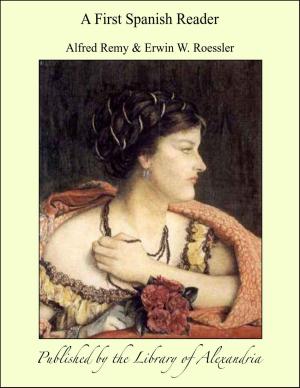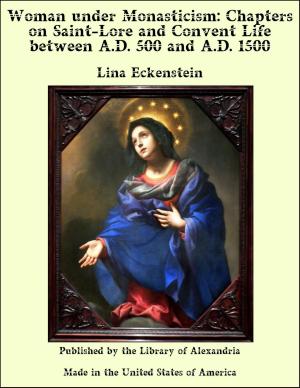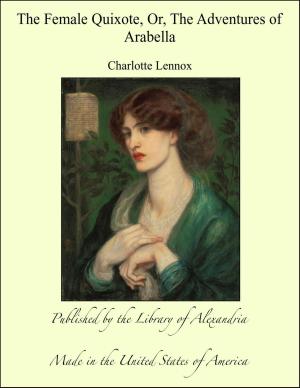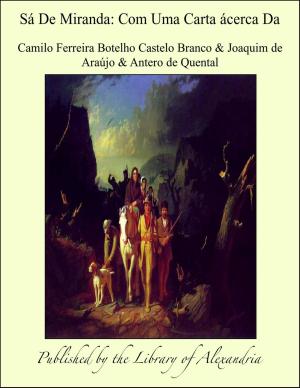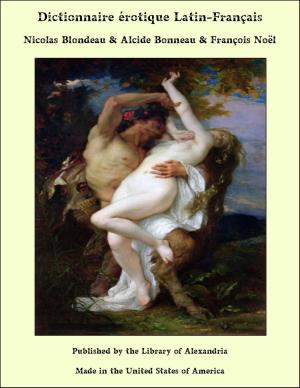The Lore of The Whare-Wananga
Nonfiction, Religion & Spirituality, New Age, History, Fiction & Literature| Author: | H. T. Whatahoro | ISBN: | 9781465581006 |
| Publisher: | Library of Alexandria | Publication: | March 8, 2015 |
| Imprint: | Language: | English |
| Author: | H. T. Whatahoro |
| ISBN: | 9781465581006 |
| Publisher: | Library of Alexandria |
| Publication: | March 8, 2015 |
| Imprint: | |
| Language: | English |
AS THE matter contained in this volume is almost entirely new, and hitherto unknown to Europeans, it is necessary to explain the source from which it was derived. It is in fact the teachings of some of the old Tohungas (or priests, teachers, &C.) as taught in the Whare-wananga, or Maori College, for such that ancient institution was in reality. In the late fifties of last century there was a large gathering of Maoris in the Wairarapa District, East Coast of New Zealand, the object being to discuss some political affairs; and on the conclusion of the business it was suggested by some of the people that the learned men there present should explain to the assembled tribes how and when New Zealand was first peopled by the Maori race. After three of the priests had consented to do so, one—Te Matorohanga—was appointed to lecture on the subject, the other two to assist by recalling matters that the lecturer might omit, and also to supplement the story from their own knowledge. It was also decided that the lectures should be written down, a work that was undertaken by two young men named H. T. Whatahoro* and Aporo Te Kumeroa, who had been educuted at the Mission schools. Much matter was written down at that time; but it was amplified subsequently by the old priest named above, and by one of his confrères named Nepia Pohuhu, when H. T. Whatahoro spent some years, off and on, in recording to the dictation of these old men, the ancient beliefs and the history of their branch of the Maori people. The instruction given by the priests was in every respect on the same lines, and dealt with the same matter, as had been taught in the Maori College; that is, the Scribe was subjected to all the ancient forms and rituals accompanying the teaching, such as is described in Chapter I. hereof. A special building was erected in which the teaching took place, and where the matter taught was written down. The old priest Te Matorohanga died in 1884, and Nepia Pohuhu in 1882, both being at the time of their deaths about eighty years old. It will thus be seen that they had been taught in the Maori College long before the influences of Christianity reached their tribe—indeed, it was not till about the end of the thirties of last century, that the tribes of Wairarapa had Christian teachers amongst them, though Christianity had been introduced in the north in 1814, but little of its doctrines understood till many years afterwards. The matter written down by H. T. Whatahoro during those years has remained in his possession for over fifty years; it is contained in several volumes of folio size, much of which has recently been copied under the auspices of the tribal Committee known as 'Tane-nui-a-rangi,' and the copies deposited in the Dominion Museum, Wellington. The matter in this volume, however, was copied by myself from the original documents which were lent me for the purpose, and the whole of them bear the seal of the 'Tane-nui-a-rangi' Committee, and therefore shew that the matter contained therein has the approval of that body, consisting of the most learned men left of the Ngati-Kahu-ngunu tribe.
AS THE matter contained in this volume is almost entirely new, and hitherto unknown to Europeans, it is necessary to explain the source from which it was derived. It is in fact the teachings of some of the old Tohungas (or priests, teachers, &C.) as taught in the Whare-wananga, or Maori College, for such that ancient institution was in reality. In the late fifties of last century there was a large gathering of Maoris in the Wairarapa District, East Coast of New Zealand, the object being to discuss some political affairs; and on the conclusion of the business it was suggested by some of the people that the learned men there present should explain to the assembled tribes how and when New Zealand was first peopled by the Maori race. After three of the priests had consented to do so, one—Te Matorohanga—was appointed to lecture on the subject, the other two to assist by recalling matters that the lecturer might omit, and also to supplement the story from their own knowledge. It was also decided that the lectures should be written down, a work that was undertaken by two young men named H. T. Whatahoro* and Aporo Te Kumeroa, who had been educuted at the Mission schools. Much matter was written down at that time; but it was amplified subsequently by the old priest named above, and by one of his confrères named Nepia Pohuhu, when H. T. Whatahoro spent some years, off and on, in recording to the dictation of these old men, the ancient beliefs and the history of their branch of the Maori people. The instruction given by the priests was in every respect on the same lines, and dealt with the same matter, as had been taught in the Maori College; that is, the Scribe was subjected to all the ancient forms and rituals accompanying the teaching, such as is described in Chapter I. hereof. A special building was erected in which the teaching took place, and where the matter taught was written down. The old priest Te Matorohanga died in 1884, and Nepia Pohuhu in 1882, both being at the time of their deaths about eighty years old. It will thus be seen that they had been taught in the Maori College long before the influences of Christianity reached their tribe—indeed, it was not till about the end of the thirties of last century, that the tribes of Wairarapa had Christian teachers amongst them, though Christianity had been introduced in the north in 1814, but little of its doctrines understood till many years afterwards. The matter written down by H. T. Whatahoro during those years has remained in his possession for over fifty years; it is contained in several volumes of folio size, much of which has recently been copied under the auspices of the tribal Committee known as 'Tane-nui-a-rangi,' and the copies deposited in the Dominion Museum, Wellington. The matter in this volume, however, was copied by myself from the original documents which were lent me for the purpose, and the whole of them bear the seal of the 'Tane-nui-a-rangi' Committee, and therefore shew that the matter contained therein has the approval of that body, consisting of the most learned men left of the Ngati-Kahu-ngunu tribe.

